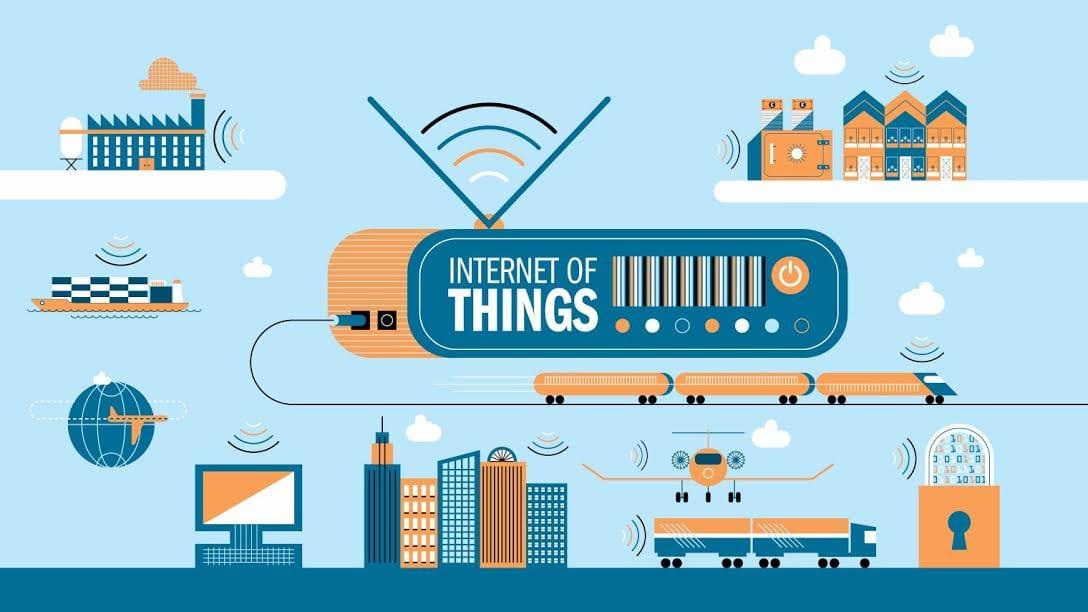IoT Growth Driven by Innovation and Smarter Connectivity

The foundational enabler of the massive Iot Growth in India has been the availability of ubiquitous and ultra-low-cost wireless connectivity. The rollout of the nationwide 4G networks, led by the disruptive entry of Reliance Jio, was the initial catalyst that made large-scale IoT deployments economically viable for the first time. The incredibly low cost of mobile data in India has been a unique and powerful advantage, allowing for a wide range of IoT applications, from connected vehicles and smart meters to agricultural sensors, to be deployed using standard cellular connectivity. However, the industry is now on the cusp of a major new technological shift: the transition from 4G to 5G. While 4G has been "good enough" for many of the initial IoT use cases that involve sending small amounts of data periodically, the rollout of 5G is set to unlock a whole new generation of more demanding and high-value applications. The evolution of the underlying connectivity layer is therefore a central and critical trend that will shape the future of IoT growth in India. The competition to provide the best connectivity for the "Internet of Things" is a key strategic battleground for the nation's telecom operators.
Key Players
The key players in the Indian IoT connectivity market are clearly defined. The two dominant players are the major telecommunication operators, Reliance Jio and Bharti Airtel. They are the key players because they own and operate the nationwide wireless networks that provide the essential connectivity for a huge portion of the IoT market. Their aggressive rollout of both 4G and now 5G networks is the primary enabler of the entire ecosystem. They are also moving up the value chain by offering their own enterprise IoT platforms and solutions, bundling the connectivity with the device management and application software. A second group of key players are the chipset and module manufacturers, such as Qualcomm and MediaTek. They are key players because they provide the cellular IoT modules—the small chips that are embedded into an IoT device to give it connectivity. Their ability to produce low-cost, low-power modules, including those for specific IoT standards like NB-IoT and LTE-M, is crucial for enabling the mass deployment of battery-powered IoT devices. A third set of players are the satellite communication providers, who play a niche but important role in providing connectivity for IoT applications in very remote areas of India where cellular coverage is not available, such as for tracking assets in the mining or maritime industries.
Future in "Iot Growth"
The future of IoT connectivity in India will be defined by the unique capabilities of 5G. The future will see a massive growth in two specific types of 5G-enabled IoT. The first is "massive Machine-Type Communications" (mMTC). 5G is designed to support up to a million connected devices per square kilometer, a massive increase over 4G. This will enable the deployment of incredibly dense sensor networks for applications like smart agriculture and smart city infrastructure. The second, and perhaps more transformative, future trend will be the adoption of "ultra-Reliable Low-Latency Communications" (uRLLC). This is a key feature of 5G that provides a near-instantaneous and highly reliable connection. This will unlock a host of mission-critical and real-time applications that were impossible with 4G, such as connected autonomous vehicles (V2X), remote surgery, and the real-time control of robots in an autonomous factory. The ability of the Indian telcos to successfully build out and monetize these advanced 5G capabilities, particularly network slicing to guarantee performance for these critical applications, will be a key determinant of the future of the high-end IoT market in the country, bringing it on par with the most advanced networks in North America and APAC.
Key Points "Iot Growth"
Several key points define the role of connectivity in India's IoT growth. The initial boom was enabled by the low cost and wide availability of 4G, but the future growth is dependent on the unique capabilities of 5G. The key players are the two dominant telecom operators who are building the networks and the chipset manufacturers who are providing the low-cost IoT modules. The future lies in leveraging 5G's massive connectivity (mMTC) and its ultra-low latency (uRLLC) to enable a new generation of more advanced and mission-critical IoT applications. The evolution of the wireless network itself is the fundamental pacemaker for the evolution of the entire IoT market in India. The Iot Growth is projected to grow to USD 351.27 Billion by 2035, exhibiting a CAGR of 19.6% during the forecast period 2025-2035.
Top Trending Reports -
US Contact Center As A Service Industry
- Art
- Causes
- Crafts
- Dance
- Drinks
- Film
- Fitness
- Food
- Jogos
- Gardening
- Health
- Início
- Literature
- Music
- Networking
- Outro
- Party
- Religion
- Shopping
- Sports
- Theater
- Wellness


